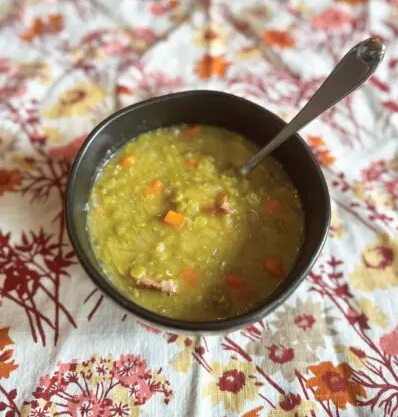This project was created a few years ago in Kentucky to bring awareness to farm safety through a dinner theatre is continuing to gain momentum in rural communities. The focus now is more on farm mental health and wellness.
Our Knott County Extension Office recently worked with UK student-athletes who conducted the Cats Holiday Toy Drive, spreading holiday cheer to children in Eastern KY 🎁
Read more >> https://t.co/NvscaMbIQZ pic.twitter.com/4fOtsRaLGl
— UK Extension (@UKExtension) December 22, 2022
This program has been adopted or implemented by extension services and related organizations in several other states. This initiative uses short plays performed during a community dinner to educate farmers and their families on health, safety, mental health, and farm-related issues in an engaging, non-traditional way:
- Nebraska — Cooperative Extension services have hosted events as part of the program’s expansion.
- North Carolina — The program is active through local extension efforts.
- Tennessee — Events have been held, often in collaboration with extension agents.
- Virginia — Particularly notable in the Shenandoah Valley, where Virginia Cooperative Extension offices (e.g., in Rockingham County) partnered with local groups like Valley Urgent Care and Future Farmers of America (FFA) chapters to organize Farm Safety Dinner Theaters, adapting the UK model for community-based participatory approaches.
The program is designed to be replicable nationwide. The University of Kentucky provides an online Farmers Dinner Theater Toolkit for any cooperative extension service, community group, or organization to stage their own events, customizing scripts to local needs. This has enabled wider adoption beyond the original sites. These efforts focus on helping farmers by addressing critical topics like injury prevention, hearing loss, skin cancer, stress, and suicide awareness in a social, farmer-friendly setting that encourages discussion and behavior change.







































